The State Air Operations Unit (SAOU) provides air support to ground crews during bushfire or other emergency events through the provision of safe aircraft, trained personnel and relevant aviation resources.
Below are some of the aircraft types that are used for fighting fires.
-
State Air Operations Unit
-
Portable Aviation Communications Unit
Intelligence, Reconnaissance, Surveillance (ISR)
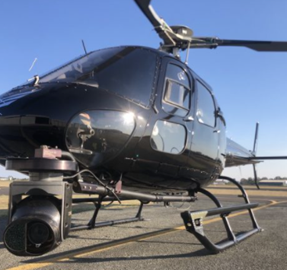
These aircraft are used to live stream pictures and video to the Incident Controller and to provide up to date, accurate intelligence to the ground crews.
Line Scan
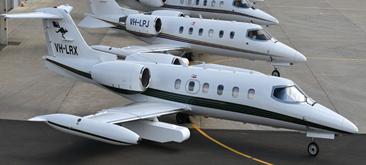
These aircraft are used at a high altitude to take Infra-red and other types of images for the Incident controller and Predictive services to make informed decisions on the fire ground.
Water Bombing - Rotary Aircraft
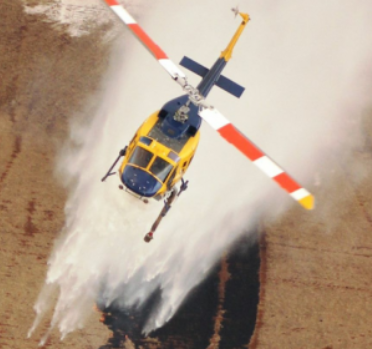
Bombing rotary wing aircraft can have varying tank capacity. Between turbine bombing aircraft will manage the induction of smoky air better than piston power and provide better power to weight, making for better performance characteristics when combating fire conditions at low level (~90m (300ft) AGL). This is important to ensure the bombing activity is as safe as practical to the air crew and personnel on the ground.
Water Bombing - Fixed Wing
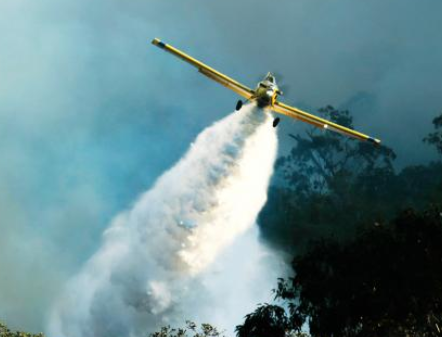
These aircraft only carry a pilot and capacity for bombing. The aircraft are turbine powered for operations in smoky conditions. SEAT aircraft require logistical support from an airbase for refilling and refuelling. Additionally, the time between drop loads is dependent on the distance to travel between the incident and airbase.
Water Bombing - Amphibious
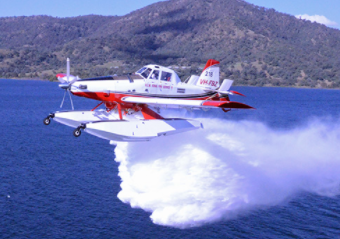
These aircraft only carry a pilot and capacity for bombing. The aircraft are turbine powered for operations in smoky conditions. Amphibious SEAT aircraft need minimal logistical support from an airbase, these aircraft use large water sources to refill increasing the volume of water or suppressant to the fireground. Additionally, the time between drop loads is dependent on the distance to travel between the incident and the body of water.
Water Bombing - Large Air Tanker (LAT)

These aircraft can provide large volumes of suppressant to the fire ground. They are generally used for line building with retardant or gel products (i.e. Blaze Tamer 380). Careful planning and supervision are required to ensure this strategic capability is used effectively. Additionally, the time between drops is dependent on the distance to travel between the incident and the LAT airbase, given that these aircraft can only operate from certain locations due to their size and weights.
Air Attack Platform
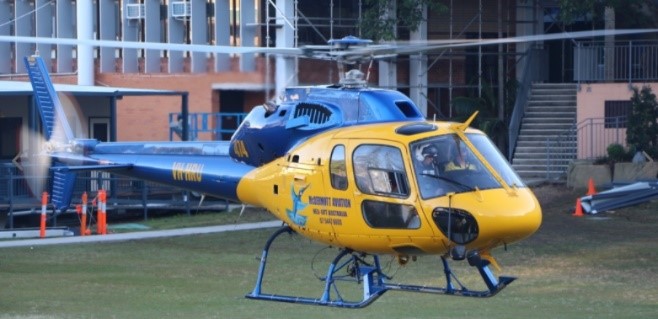
This Platform controls the other aircraft over the fire. It works with the ground crews to maintain safety between ground crews and aerial assets dropping water. It also directs the bombing aircraft to the areas of need in conjunction with the Incident Controller.
Air Attack Lead Plane
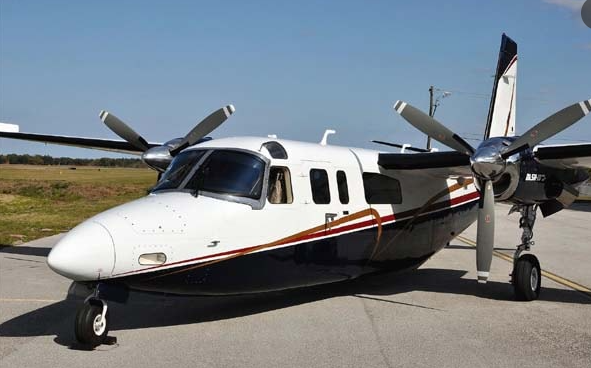
Typically this aircraft arrives before the Large Air Tanker and works with the Air Attack onsite to define where the drop needs to be placed on the fire ground. The LAT AAS then will take control of the area and lead the LAT into its run advising where the drop needs to be placed.
Air Observation Platform
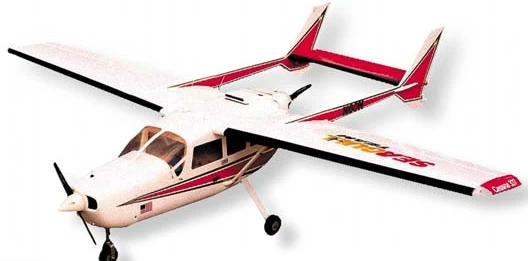
Typically, these aircraft are fixed wing, high endurance, observation platforms where an AOB will conduct reconnaissance missions to provide overall fire behaviour, position and resource location information to ground personnel. These aircraft generally operate at approximately 750-900m (2500–3000ft) altitude above a fire area.
Remotely Piloted Aircraft Systems (RPAS)

We operate several different Multi-Rotor RPAS platforms. RPAS are treated identically to manned aircraft in terms of regulatory requirements and internal approvals.
